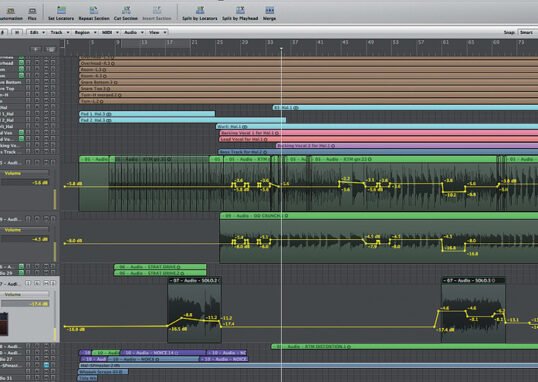
Learning to play classic rock songs on piano can be a rewarding experience for any musician. Classic rock is known for its powerful melodies, catchy riffs, and iconic solos, and many of these elements translate beautifully to the piano. In this guide, we’ll take you through the steps to master classic rock on the piano, ensuring you can play your favourite tunes with confidence and style.
1. Choose the Right Songs
When starting with classic rock songs on piano, it’s important to choose songs that are both iconic and manageable for your skill level. Songs like “Let It Be” by The Beatles and “Piano Man” by Billy Joel are excellent choices for beginners because they have memorable melodies and are relatively straightforward to play.

2. Master the Basics of Piano Playing
Before going into classic rock songs on piano, make sure you have a solid understanding of basic piano skills. This includes knowing your way around the keyboard, understanding chord structures, and being comfortable with scales. Practising these fundamentals will make learning rock songs much easier.
3. Focus on Chords and Progressions
Many classic rock songs on piano rely heavily on chord progressions. Spend time practising common rock chords like C, G, Am, and F. Once you’re comfortable with these, try playing them in different progressions. Understanding how these chords work together is crucial for playing classic rock effectively.
4. Practice Iconic Riffs and Solos
Classic rock is famous for its unforgettable riffs and solos. Songs like “Bohemian Rhapsody” by Queen and “Rocket Man” by Elton John feature piano parts that are both challenging and fun to play. Break these sections down into smaller parts and practice them slowly before gradually increasing your speed.
5. Use the Pedal Correctly
The sustain pedal can add a lot of depth and emotion to classic rock songs on piano. Practice using the pedal to hold notes and create a fuller sound. Be careful not to overuse it, though, as too much sustain can make your playing sound muddy.
6. Incorporate Dynamics and Expression
Classic rock is not just about playing the right notes; it’s also about conveying emotion and energy. Pay attention to dynamics, which are the variations in loudness, and expression in your playing. This will bring your renditions of classic rock songs on piano to life.
7. Follow Along with Sheet Music and Tutorials
Using sheet music can be incredibly helpful when learning classic rock songs on piano. There are also plenty of online tutorials and videos that can guide you through specific songs step-by-step. Combining these resources can accelerate your learning process.
8. Play Along with Recordings
One of the best ways to get a feel for rock songs on piano is to play along with recordings of the songs. This helps you understand the timing, rhythm, and feel of the music. Start by playing along slowly, then gradually match the tempo of the recording.
9. Experiment with Different Arrangements
Don’t be afraid to put your spin on rock songs on piano. Try experimenting with different arrangements or adding your flourishes. This not only makes the learning process more enjoyable but also helps you develop your unique playing style.
10. Join a Community of Musicians
Playing rock songs on piano can be even more fun when shared with others. Consider joining a band, taking part in jam sessions, or participating in online forums. Engaging with other musicians can provide valuable feedback and inspiration.
11. Record and Review Your Playing
Recording yourself playing rock songs on piano can be a great way to track your progress. Listen to the recordings to identify areas for improvement. This self-assessment is a powerful tool for becoming a better pianist.
12. Stay Consistent with Practice
Consistency is key when learning classic rock songs on piano. Set aside regular practice time each day to work on your skills. Even short, focused practice sessions can lead to significant improvement over time.
13. Explore Different Genres for Inspiration
While focusing on classic rock songs on piano, don’t hesitate to explore other genres for inspiration. Jazz, blues, and even classical music can offer new techniques and ideas that you can incorporate into your rock playing.
Conclusion
Playing classic rock songs on piano is a fulfilling way to connect with some of the greatest music ever written. By choosing the right songs, mastering the basics, and practising regularly, you can bring these timeless tunes to life on the piano. Enjoy the journey and rock on!






